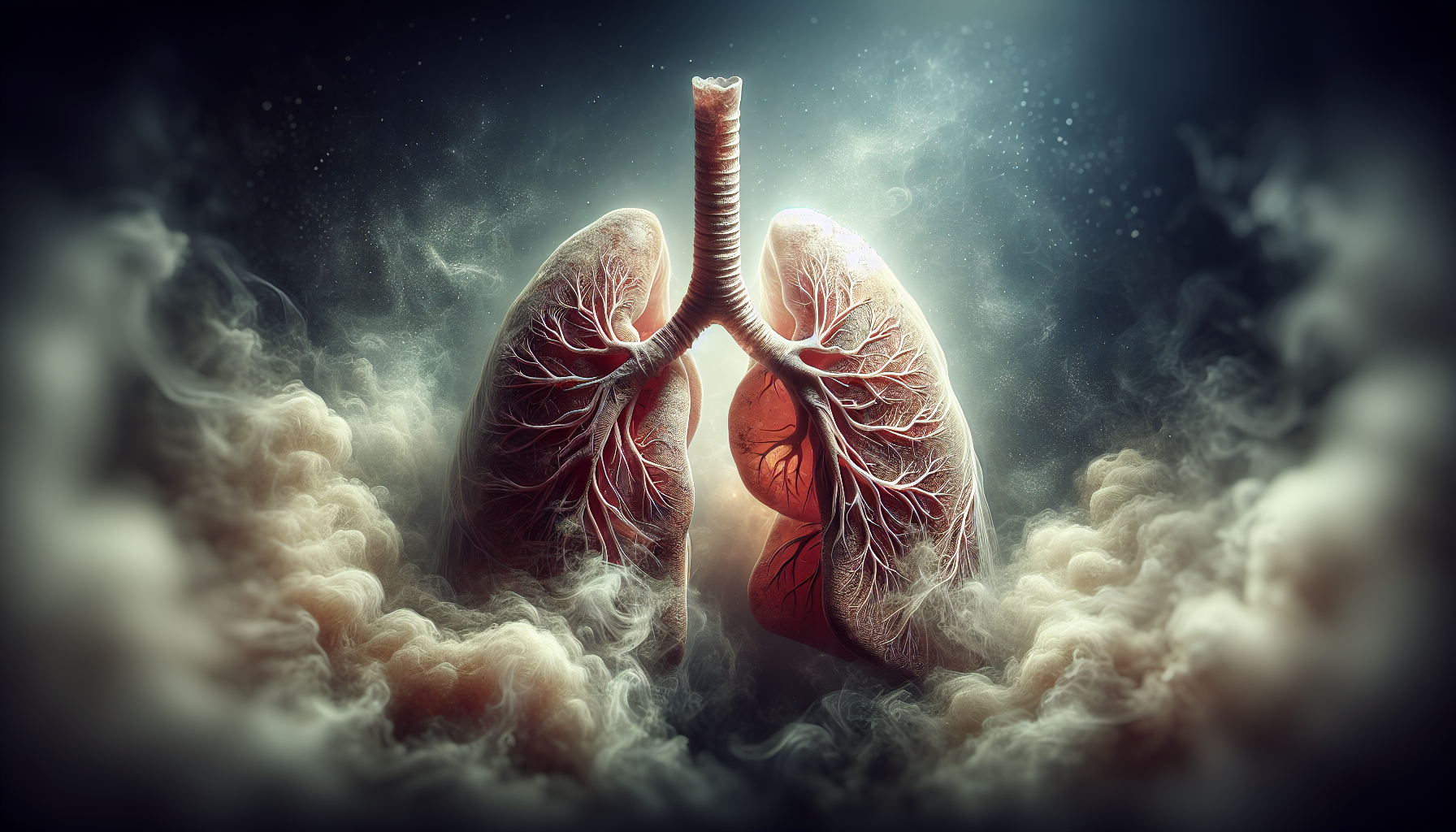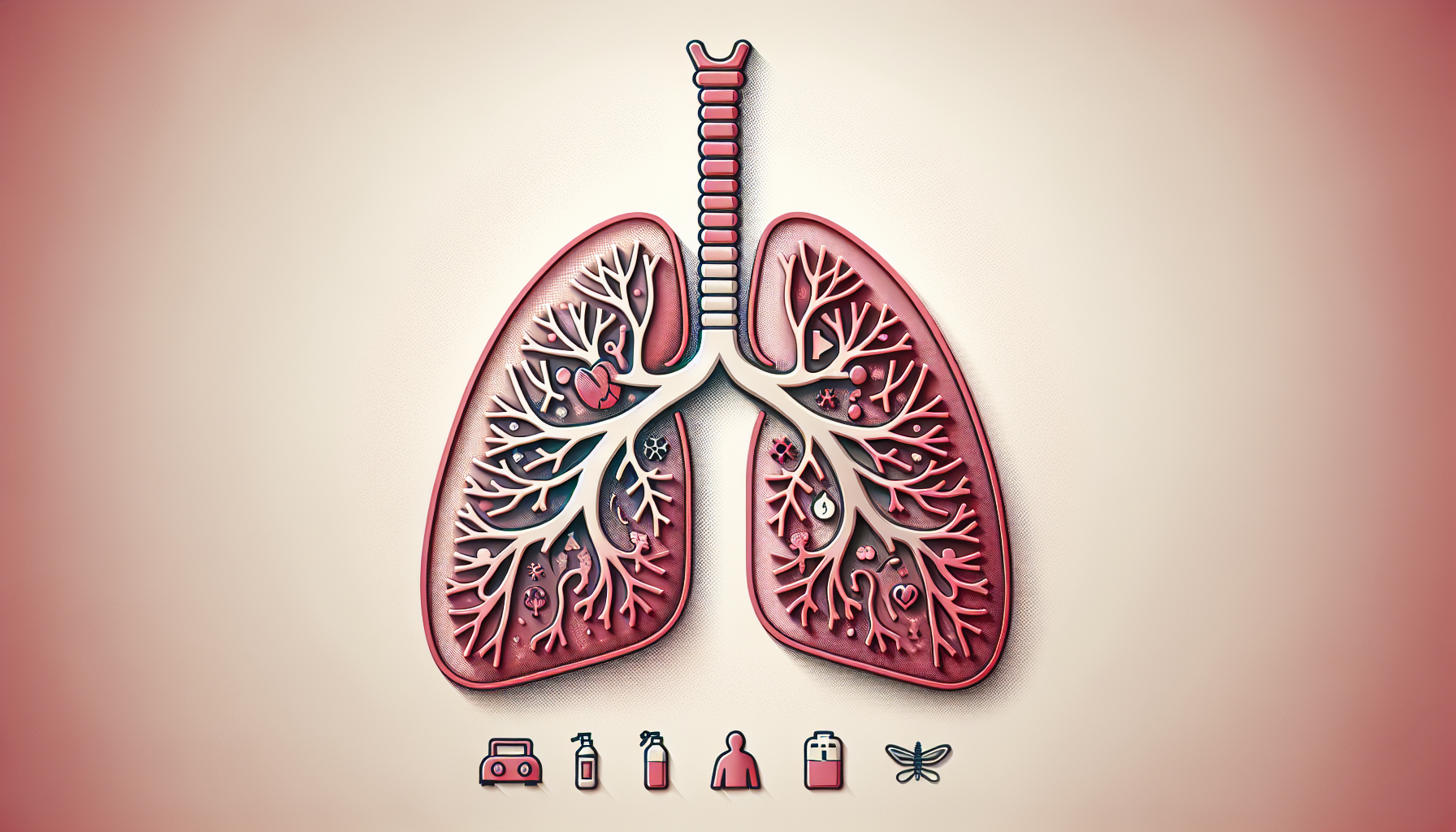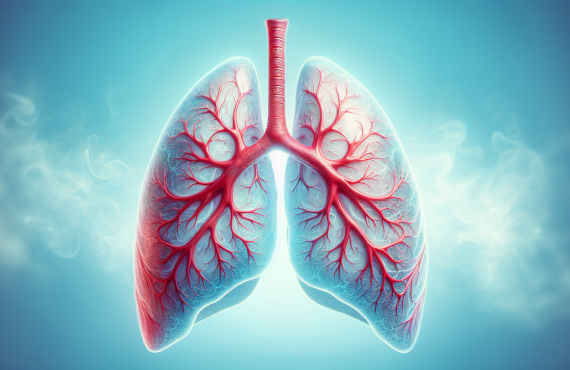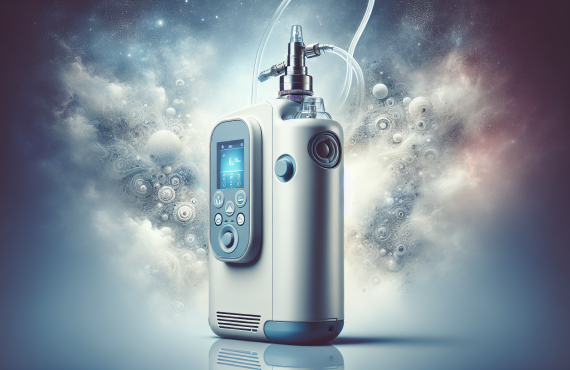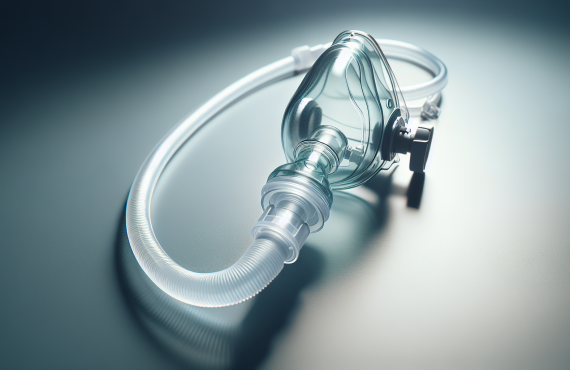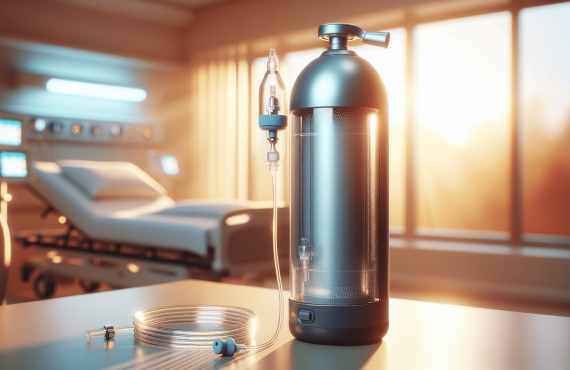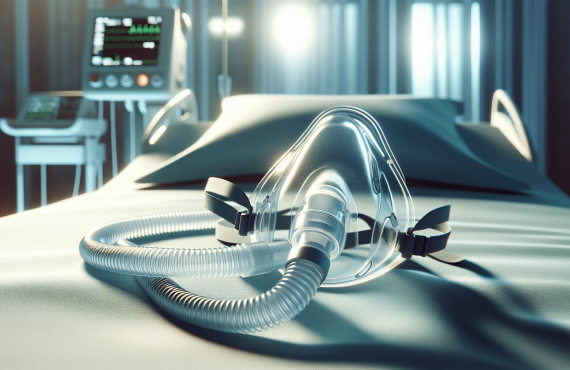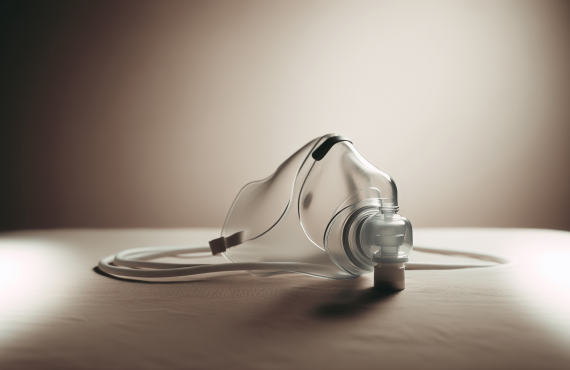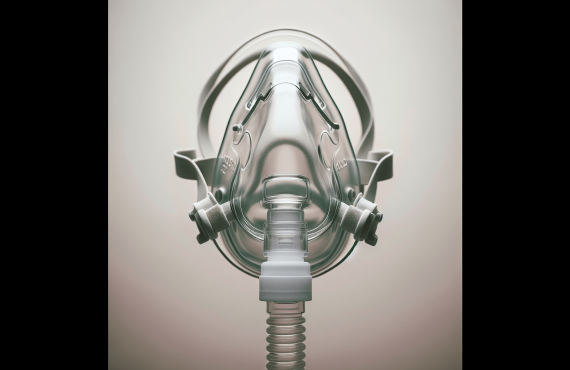Table of Contents
Have You Ever Wondered What Usually Brings About Death in a COPD Patient?
Chronic Obstructive Pulmonary Disease (COPD) is a progressive lung condition that significantly affects breathing. You might be concerned about how COPD might progress and what often leads to more severe consequences, including death. In this article, we will explore the complications and factors associated with COPD that might contribute directly or indirectly to mortality. Think of this as a conversation where we’re unpacking COPD layer by layer to understand its effects better.
Understanding COPD
COPD is an umbrella term that encompasses chronic bronchitis and emphysema. Both conditions cause obstruction of airflow from the lungs. Imagine breathing through a straw—that’s what it might feel like for someone with COPD. The disease can lead to difficulty breathing, coughing, wheezing, and mucus production. Since COPD is progressive, symptoms typically worsen over time.
What Happens in COPD?
When you have COPD, your airways and air sacs lose their elastic quality. The walls between air sacs may get destroyed, the airway walls become thick and inflamed, and more mucus is produced than usual, which can clog the airways. This means less oxygen gets into your bloodstream, affecting body function and leading to additional complications.
Main Causes of Death in COPD Patients
When considering what usually brings about death in a COPD patient, it’s vital to examine both the direct and indirect factors that amplify risk.
Respiratory Failure
Respiratory failure happens when the lungs can’t deliver enough oxygen to the blood or can’t remove carbon dioxide from the blood efficiently. COPD exacerbations, which are periods when symptoms become worse than usual, can lead to respiratory failure. During an exacerbation, lung function can further decline, breathing becomes even more labored, and a medical emergency can arise.
Cardiovascular Complications
COPD doesn’t only affect the lungs; it also increases the risk of heart disease. Your heart and lungs work closely to supply oxygen-rich blood throughout your body. In a COPD patient, the heart often has to work harder to pump blood through lungs that are not functioning as they should. This can lead to conditions like heart failure or arrhythmias, which can be fatal if not managed properly.
Pneumonia
COPD patients are more susceptible to infections like pneumonia. With already lowered lung efficiency, an additional infection can tip the balance, making recovery difficult. Pneumonia can exacerbate COPD symptoms and result in further lung damage or respiratory failure.
Pulmonary Embolism
A pulmonary embolism occurs when a blood clot blocks an artery in the lungs. It’s a potentially deadly condition that COPD patients can be predisposed to due to reduced mobility, among other factors. Symptoms might include sudden shortness of breath and chest pain, and it’s essential to seek immediate medical attention if a pulmonary embolism is suspected.
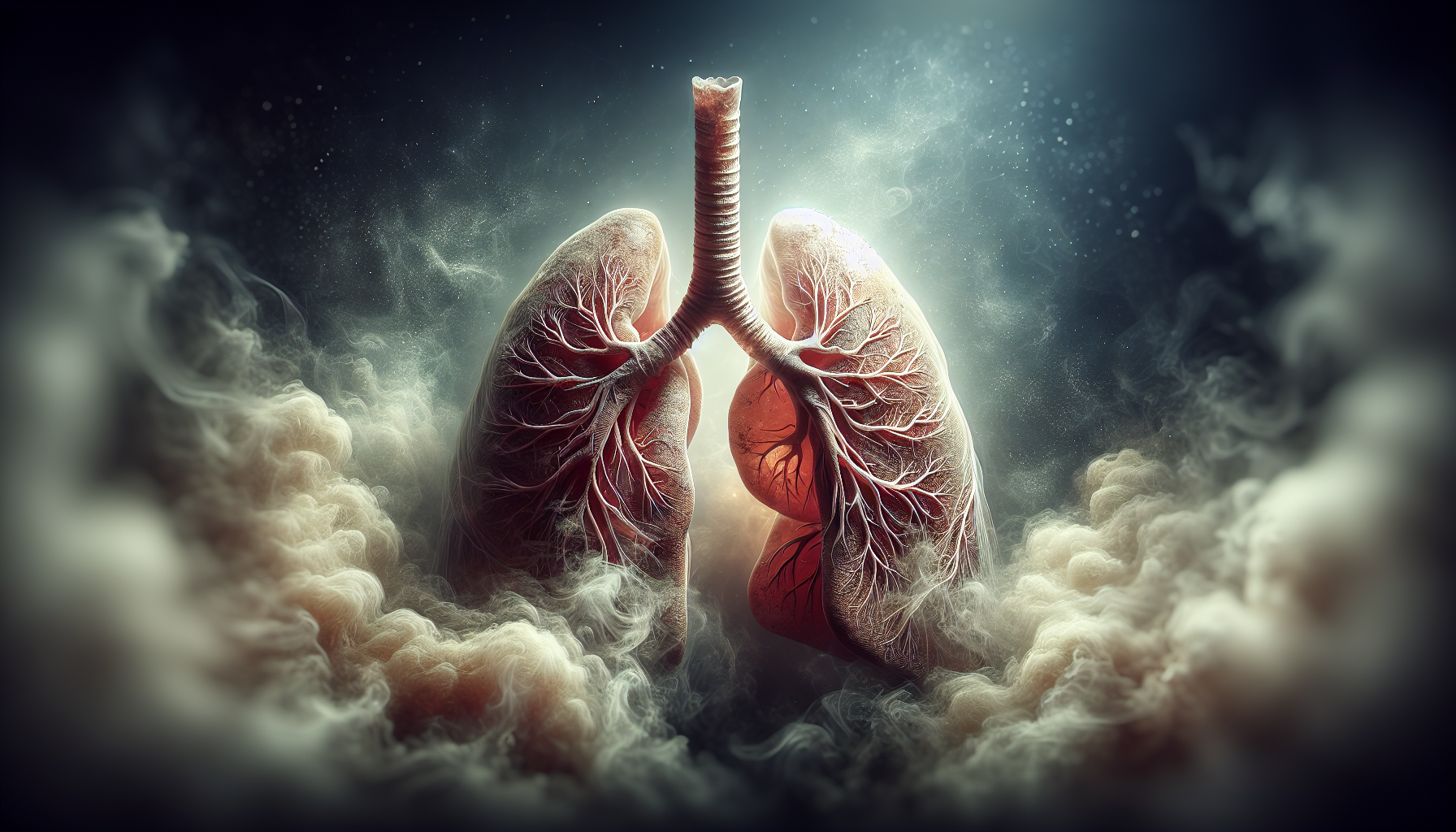
The Role of Smoking in COPD
Smoking is the most significant risk factor for developing COPD. It damages airways and leads to inflammation that persists over time. If you’re a smoker and have been diagnosed with COPD, quitting can improve symptoms and slow disease progression—but it won’t reverse existing damage. For those who want to reduce their risk, smoking cessation is crucial.
Managing and Mitigating Risks
Understanding the need for proactive management in COPD is vital. Your quality of life can significantly improve with the right strategies. Let’s dive into some effective ways to manage COPD risks.
Medication and Treatment
Numerous medications can help manage COPD symptoms. Bronchodilators and inhaled steroids can open airways and reduce inflammation. Additionally, oxygen therapy might be necessary if blood oxygen levels are low. It’s important to consult with your healthcare provider to tailor treatment to your needs.
Regular Monitoring and Check-Ups
Regular medical check-ups can help monitor COPD progression. This may include spirometry tests to measure lung function and track any changes. Staying on top of these appointments allows for timely interventions if symptoms worsen.
Lifestyle Changes
Lifestyle changes, such as improved diet, increased physical activity, and pulmonary rehabilitation, can significantly improve lung health and reduce exacerbation risk. Pulmonary rehabilitation programs combine exercise training, nutrition advice, and education on managing your condition effectively.
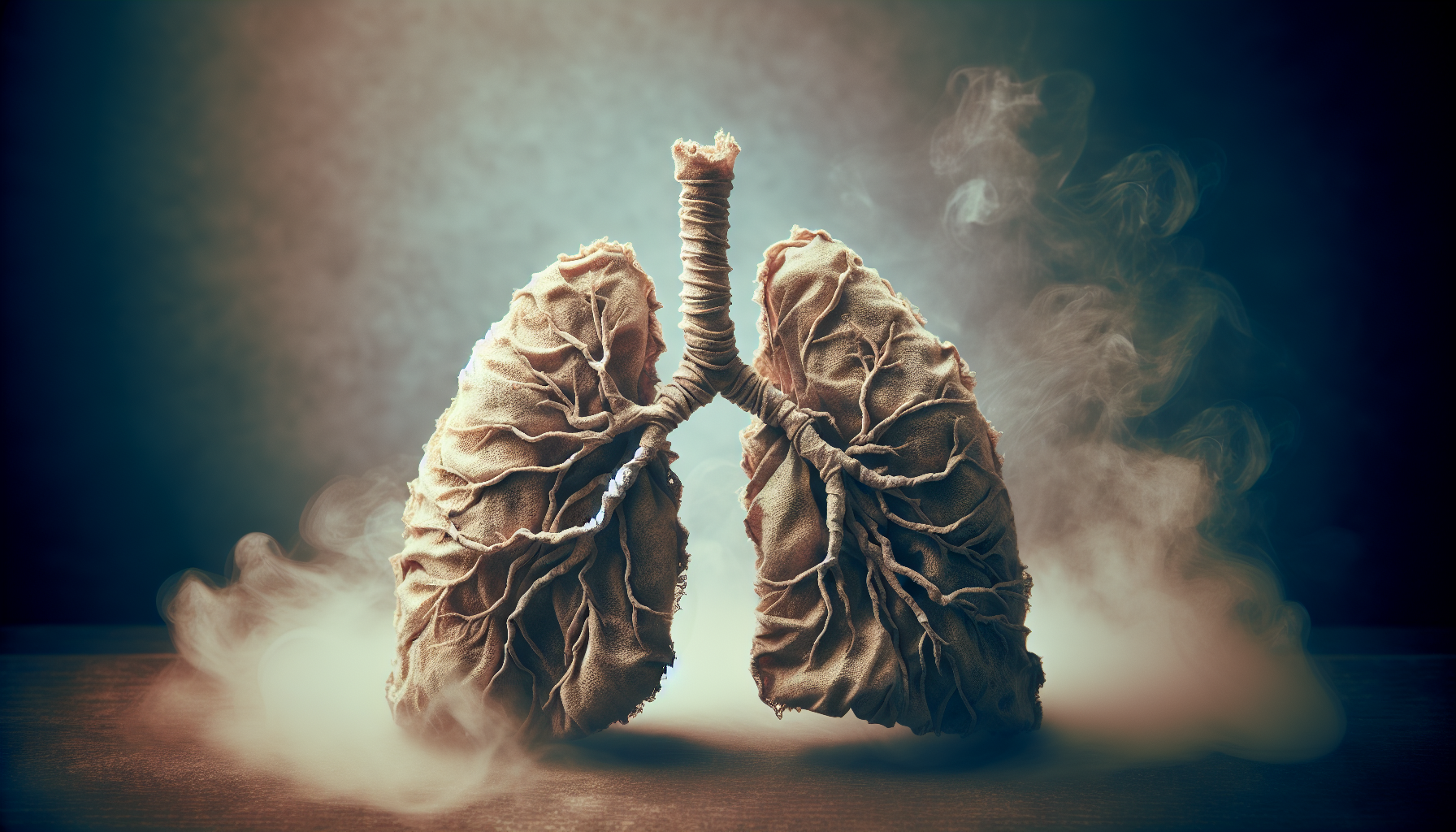
Debunking Myths about COPD
You might have heard various myths about COPD that could be misleading. Let’s clear them up with some facts.
Myth 1: Only Smokers Get COPD
While smoking is a leading cause, non-smokers can also develop COPD due to factors like exposure to air pollution, occupational hazards, and genetic predispositions. It’s essential to be aware of these other risk factors.
Myth 2: COPD is Only a Lung Disease
COPD can significantly affect other parts of the body, including the heart and muscles. Understanding COPD as a systemic disease is crucial in managing overall health.
Myth 3: Oxygen Therapy is Addictive
Oxygen therapy is prescribed to meet a medical need, and it’s not addictive. It can improve quality of life by ensuring your body gets the oxygen it requires to function properly.
Frequently Asked Questions (FAQs)
Here are some common questions about COPD that you might find helpful:
-
What are early signs of COPD?
- Early signs include a persistent cough, increased mucus production, shortness of breath, and fatigue. If you experience these symptoms, it’s wise to consult a healthcare provider.
-
Can COPD be cured?
- Currently, there is no cure for COPD. However, appropriate treatments can help you manage symptoms and improve quality of life.
-
What tests diagnose COPD?
- A spirometry test is commonly used to diagnose COPD. It measures the amount of air you can inhale and exhale, and how quickly you can do so.
-
How can I prevent COPD?
- Preventive measures include avoiding smoking, minimizing exposure to lung irritants, and maintaining a healthy lifestyle.
-
What should I do during a COPD exacerbation?
- If you experience worsened symptoms, use prescribed medications like rescue inhalers and contact your healthcare provider immediately. Seeking prompt medical care can prevent complications.
Hyperbaric Therapy for COPD
You might have heard about Hyperbaric Oxygen Therapy (HBOT) as a treatment option. HBOT involves breathing pure oxygen in a pressurized chamber, which helps increase oxygen content in your blood and tissues.
Benefits and Effects
Hyperbaric therapy can promote healing, reduce inflammation, and enhance immune function. It supports tissue repair and the growth of new blood vessels, which are valuable for patients with chronic conditions like COPD.
Henry Chiropractic: A Supportive Environment
If you’re seeking chiropractic care in Pensacola, Henry Chiropractic provides comprehensive services to support your well-being. Dr. Craig Henry specializes in improving health through chiropractic care. Meanwhile, Dr. Aaron Hixon, with a strong background in exercise science and various chiropractic techniques, is committed to assisting patients in achieving better health outcomes.
Visit Henry Chiropractic
For quality care, visit Henry Chiropractic:
Address:
Henry Chiropractic
1823 N 9th Ave
Pensacola, FL 32503
Contact:
(850) 435-7777
Visit the Website
Conclusion
Understanding what usually brings about death in a COPD patient involves recognizing the complexities and complications of the disease. It’s crucial to address not only the respiratory issues but also the heart-related and other systemic complications. If you’re a patient or a caregiver, stay informed, engage in appropriate treatments, and seek support when needed. Remember, proactive management can truly make a difference in living with COPD.


